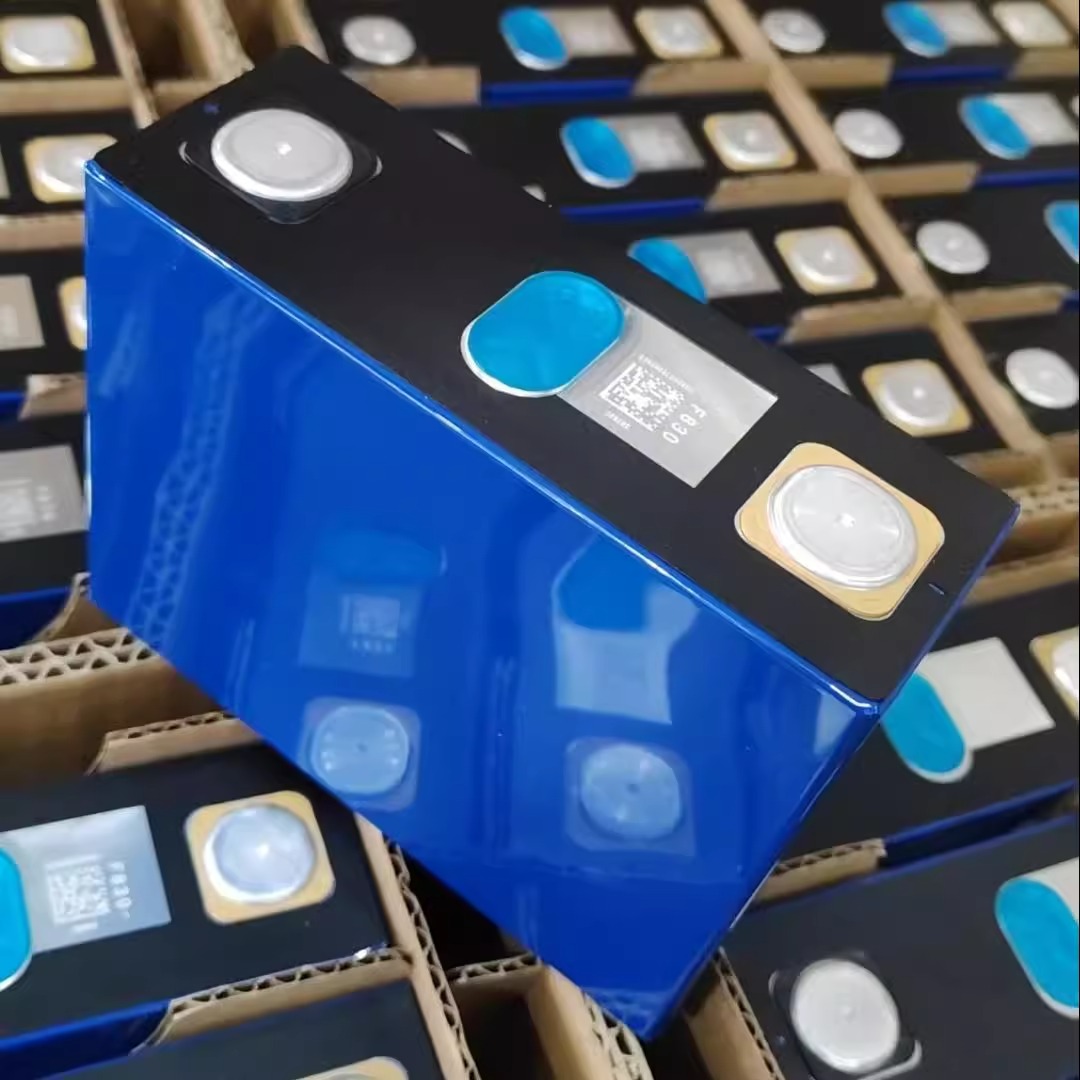Lithium-ion batteries are everywhere—from smartphones and laptops to EVs and power tools. But when one cell goes bad, the whole battery can become unreliable or even dangerous. In this guide, you’ll learn how to spot the symptoms of a bad battery cell, understand what causes battery failure, and explore the right ways to test, dispose of, and maintain your batteries to extend their life.
Top 10 Warning Signs of a Bad Battery Cell
Spotting a failing lithium-ion battery early can help prevent bigger problems. Here are the most common signs of a bad battery cell:
- Reduced Battery Capacity
A noticeable decrease in how long your battery lasts. Frequent charging is a red flag. - Fast Power Drain
Battery loses charge even when idle, often due to internal discharge. - Overheating Issues
Excess heat during charging or usage signals internal damage. - Swelling or Bulging
Physical deformation like puffiness means the battery is unsafe to use. - Inconsistent Performance
Unexpected shutdowns or drops in battery percentage suggest unstable power delivery. - Charging Difficulties
Slow or incomplete charging can be linked to failing cells. - Sudden Voltage Drops
Inconsistent voltage output can destabilize the device. - High Self-Discharge Rate
The battery drains quickly even when unused. - Shortened Battery Life
Battery that once lasted hours now depletes quickly—sign of degraded cells. - Unreliable Device Behavior
Frequent crashes, reboots, or freezing tied to power inconsistencies.
What Causes a Dead Battery Cell?
Understanding what kills a battery cell can help you avoid the problem in the first place. Here are the top culprits:
- Overcharging
- Deep Discharging
- Physical Damage
- High Temperatures
- Aging
- Manufacturing Defects
- Poor Battery Care
- Internal Short Circuits
- Chemical Instability
- Random Failure
How to Test for a Dead Battery Cell (Step-by-Step)
- Visual Inspection
Look for damage, swelling, or corrosion. - Voltage Test with a Multimeter
Check overall battery voltage:State of ChargeVoltage100%12.7V – 13.2V75%~12.4V50%~12.1V25%~11.7V0%Below 11.6V- 0V reading: Possible internal short.
- Max voltage < 10.5V while charging: Likely dead cell.
- 12.4V or less after full charge: May indicate sulfation.
- Individual Cell Voltage Test
Check each cell (should be ~2.1–2.2V). - Load Testing
Simulate real-world usage. Large voltage drops = weak or dead cell. - Professional Diagnostics
Let a technician test it using advanced tools.
How to Dispose of Old or Dead Lithium-Ion Batteries
Never toss lithium-ion batteries in the trash. Instead:
- Recycle: Use certified recycling centers or drop-off points.
- Manufacturer Takeback Programs: Many brands accept returns.
- Call2Recycle: Participate in their safe collection initiative.
- Follow Local Laws: Always check local disposal rules.
- Donate or Repurpose: For safe, still-working batteries.
- Store Properly: Keep in cool, dry place away from flammables.
- Never Landfill: Batteries contain hazardous materials.
Repair vs. Replace: What’s the Best Move?
- Cost Comparison: Replacement is often more economical.
- Check Warranty: You may be eligible for a free replacement.
- Damage Severity: Minor issues = repair; swelling or dead cells = replace.
- Part Availability: Lack of parts may force replacement.
- Safety First: Heavily damaged batteries are a safety risk.
- Performance Goals: New batteries often outperform repaired ones.
- Get Expert Advice: Consult technicians if unsure.
Battery Maintenance Tips to Prevent Cell Failure
- Charge regularly and avoid full discharges.
- Keep batteries away from extreme heat or cold.
- Store at around 50% charge in a dry place.
- Use chargers recommended by the manufacturer.
- Unplug once fully charged to avoid overcharging.
- Limit fast charging to occasional use.
- Clean battery/device terminals periodically.
- Watch for swelling or bulging.
- Replace when signs of wear or failure appear.
By understanding the causes and symptoms of bad battery cells, and following proper testing, disposal, and care methods, you can maximize the lifespan of your lithium-ion batteries and stay safe. Keep an eye out for the warning signs—and always recycle responsibly.
